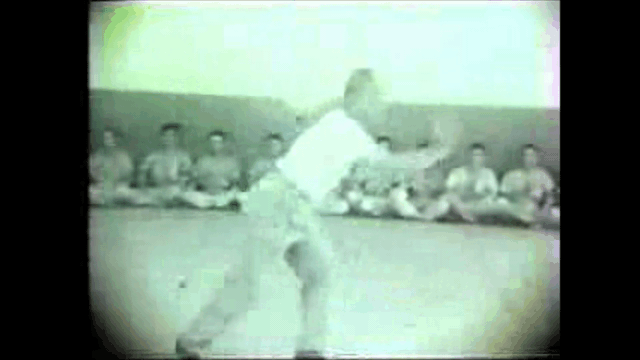Same Trick
Black Belt
The guys that created the traditional forms were pretty clever that’s why most traditional forms in most traditional East Asian martial arts are well balanced and don’t need to be experimented with in regards of inverting/mirroring.There are two very obvious benefits: it helps one develop evenly in terms of skills and physical development which makes a person more well-rounded and able to respond more spontaneously, and it’s a hell of a good mental exercise and that keeps your brain and perceptions sharp. I’m sure there are more.
Speaking on taijiquan as a simple example, one doesn’t need to practice the form mirrored to be able to do pushhands exercises with switching sides

